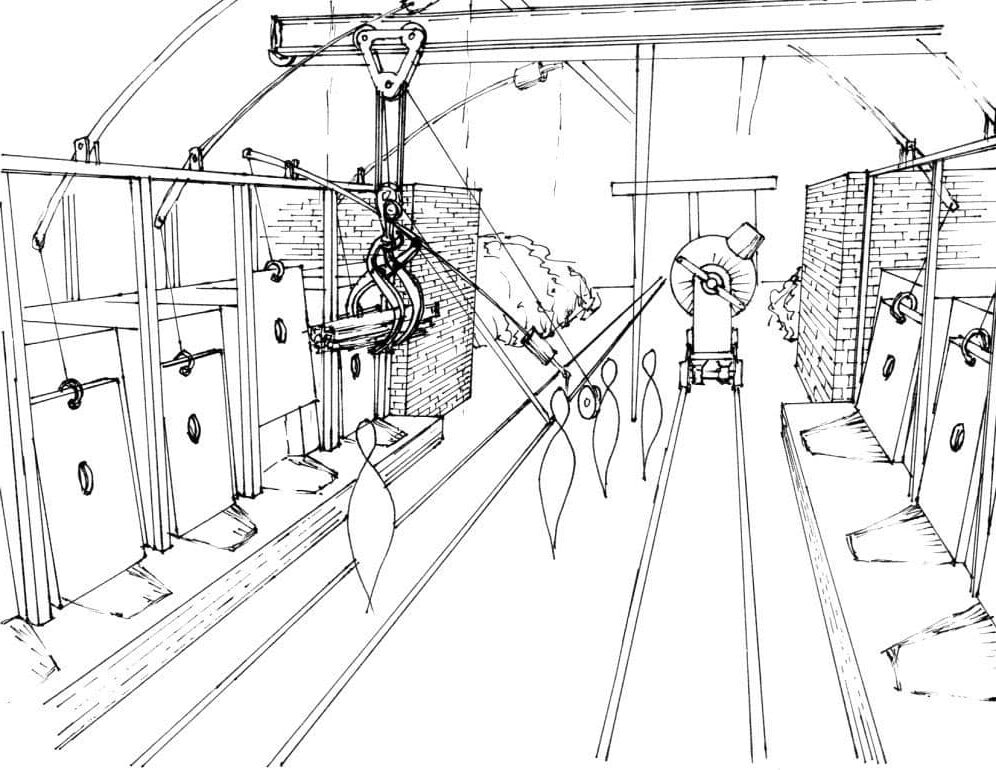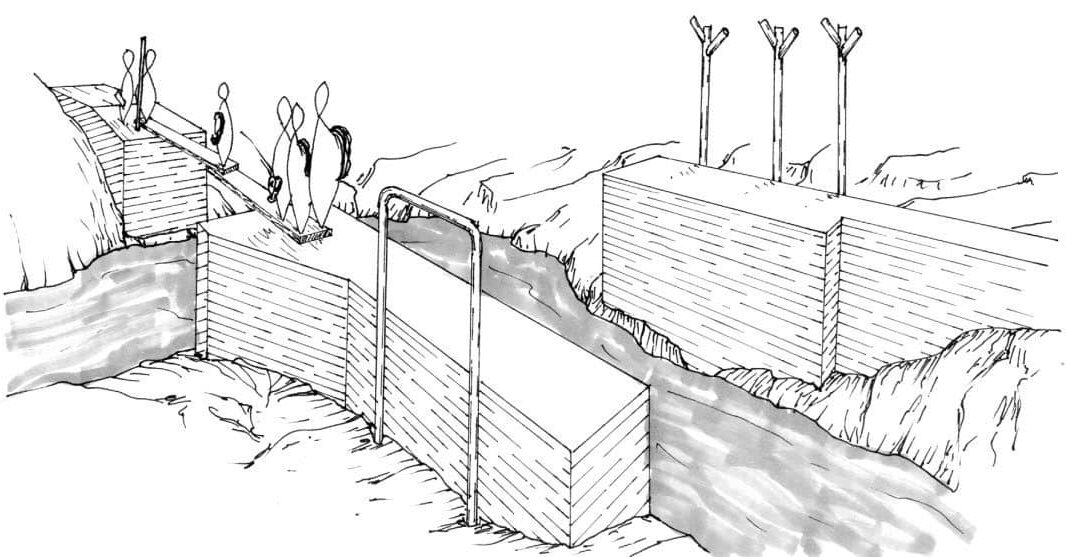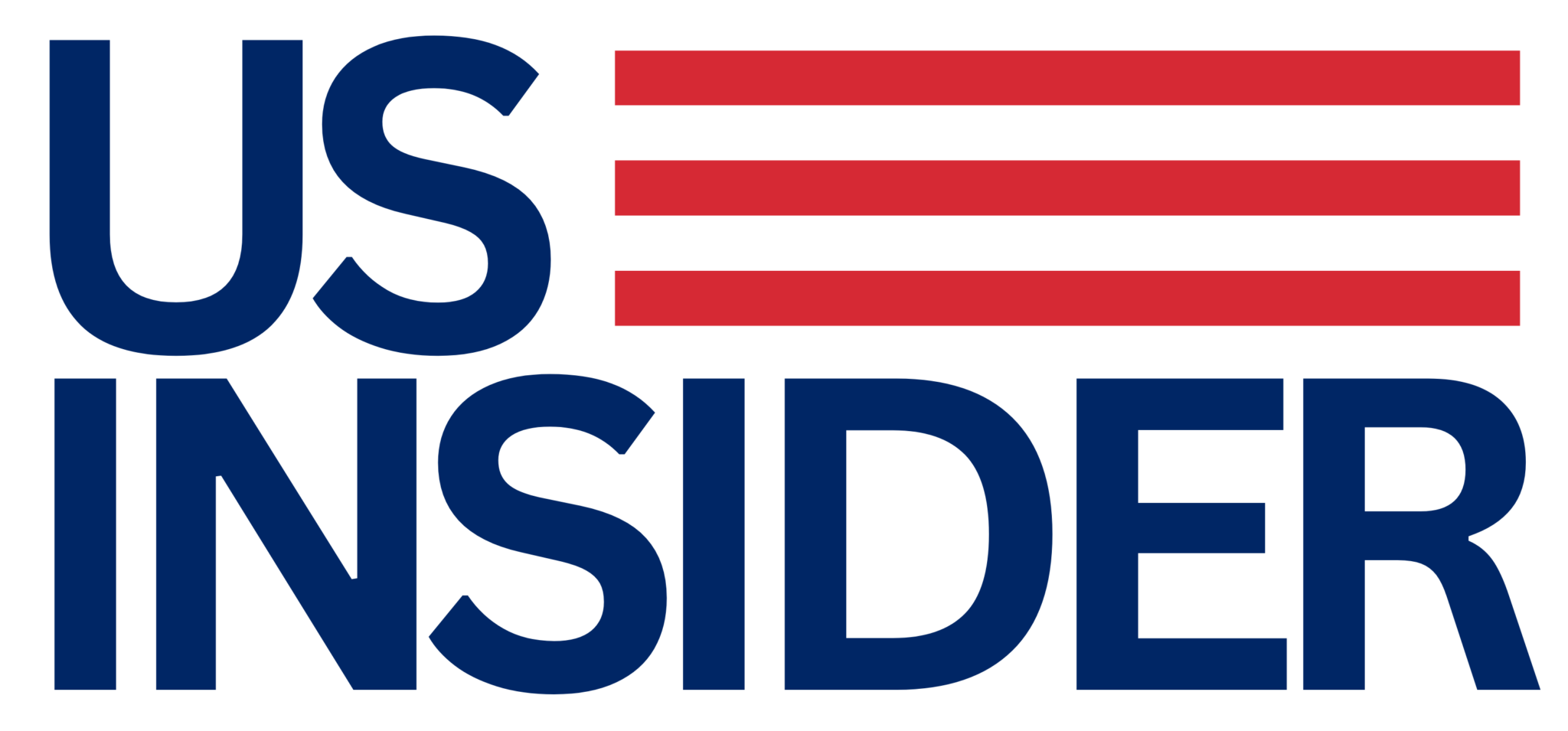Ridgelands Saga
Principles

Lifespans and Mental Capacity
Lifespans and mental capacity were greater in the distant past, during the time of the Ridgelands saga.
Mutations degrade longevity, mental capacity, and diversity of humans over time. Diversity, which gave humanity great ability to adapt, was built into the original genome. Although early humans did not have our platform of knowledge on which to stand, their mental capacity was greater than ours. During longer lives, their achievements may have been much greater.
The more generations a person was from the origin of humankind, the greater the loss of lifespan. Shortened longevity reflected in the value of slaves; the fewer generations from the originator, the greater a slave’s value. Numbers before a slave’s name designate the generations through the father and through the mother, as in 54-63-Samuel. A low generation marker is a point of pride for any person, slave or free.
Technological Development
Technology provides the possessor with power over other societies.
Technology is not freely shared. City states and empires gain dominance based upon their advancement in technology. There is no central government to grant patent rights for innovation, so the only way to preserve an advantage is through secrecy of proprietary information. One group may make great strides to advance technology in its area of expertise, but with no access to parallel developments by others, growth stagnates.
Decadent societies, which survive through warfare, are less innovative than peaceful societies and often destroy technology through conquest. Sources in the invisible world may advance technology through experiments on humanity. These sources tend to prey upon humanity and are active within decadent societies.


Terrain and Climate
The terrain and climate of Ridgelands were less extreme than that on Earth today.
Mountains were lower, reaching a maximum of 4000 feet. Seas were generally shallower. Heavy vegetation was common. The range of flora and fauna covered the full history of Earth, segregated, but with no significant extinctions. Fossils and fossil fuels did not exist.
Variation in climate existed, but without the extremes found on Earth today. No deserts and no permanent ice fields existed. Rain was generally abundant. Storms were less severe than today’s hurricanes and tornadoes. Volcanic and tectonic incidents did occur rarely. Reduced storm activity allowed rafts of vegetation to extend out from tropical land masses, over the seas.
The atmosphere was moderately denser with additional suspended vapors and particulate, which created red suns morning and evening as if there was a permanent haze of smoke. The denser air increased lift for flying animals and buoyed up massive land beasts.
Governmental Structures
Governments are formed by mankind to direct the operation of a group of people. Governments morph over time to accommodate the demands of those in power.
Initially, local cooperation was all that existed. Typically, these developed into oligarchies of prominent land owners, business people, or religious leaders, who were close to the people and beneficial for a large portion of society. Eventually, many groups became ruled by strong and corrupt individuals. Groups banded together to increase their power, at the expense of the poor, finding ways to keep peons under control.
Empire expansion and military exploits were ways to control the population by greedily preying on other societies and promoting group pride. Coalitions formed to resist oppressive societies, often to the detriment of liberty. Isolation bred aberration within society, sometimes influenced by the invisible world.


Arc of Culture and Morality
Art, morality, and industry are foundations of culture.
Some societies expressed themselves through artistic means, but without defensive strength, this art could not be sustained. Religious expression is one of the more enduring forms of art, often attracting adherents through sexual enticement, holding them through fear of the gods or the promise of benefit from the gods. The invisible world was active in religious activity.
A hidden basis of morality existed but, without reinforcement, weakened as the centuries passed. That which failed to feed the appetite, lost adherents. What took the place of morality was pragmatic self-fulfillment and rules established by the powerful for their benefit. Emotion often took the lead, despite the long-term consequences. The value of human beings diminished in the eyes of the powerful.
Strife between groups fueled the slave trade. Slavery crept in and threatened even the most moral culture. As slavery expanded, so did motivation for greed and violence.
Mythology
Most legends, myths, and opinions grow from a distortion of reality.
Sources of god-like figures abound in history. Roman Caesars promoted their own deity. As with Odin, veneration made this ancestor of the Norse into a god. God-like power is attached to the forces and elements of nature. Gods are imagined to fulfill our desires and needs.
Mysteries may be explained by the action of gods, whom we imagine to have human faults. An invisible world and its effects on mankind must be explained somehow. If we refuse to accept the explanations of the creator, we make up our own.
People who are not like us suggest a supernatural explanation. How are giants understood? How does one account for people with extremely long lifetimes? How does one explain dwarves of small stature, great prowess, and peculiar pleasures?


Spirit Beings
An invisible world is populated with a creator and created spirit beings, who influence the visible world.
The greatest in the invisible world is the creator, whom most spirit beings follow. His benevolence is countered by rebellious spirit beings, who seek to corrupt creation in both the visible and invisible worlds. Humankind, being the pinnacle of creation, is the focus of the battle between those faithful and those rebellious to the creator.
The extent to which the invisible world can influence the visible world is a topic of much controversy. In the saga, different assumptions may be made of that influence to affect the course of a series. It may be possible that influence changes between societies, depending on their openness to the spirit world.

